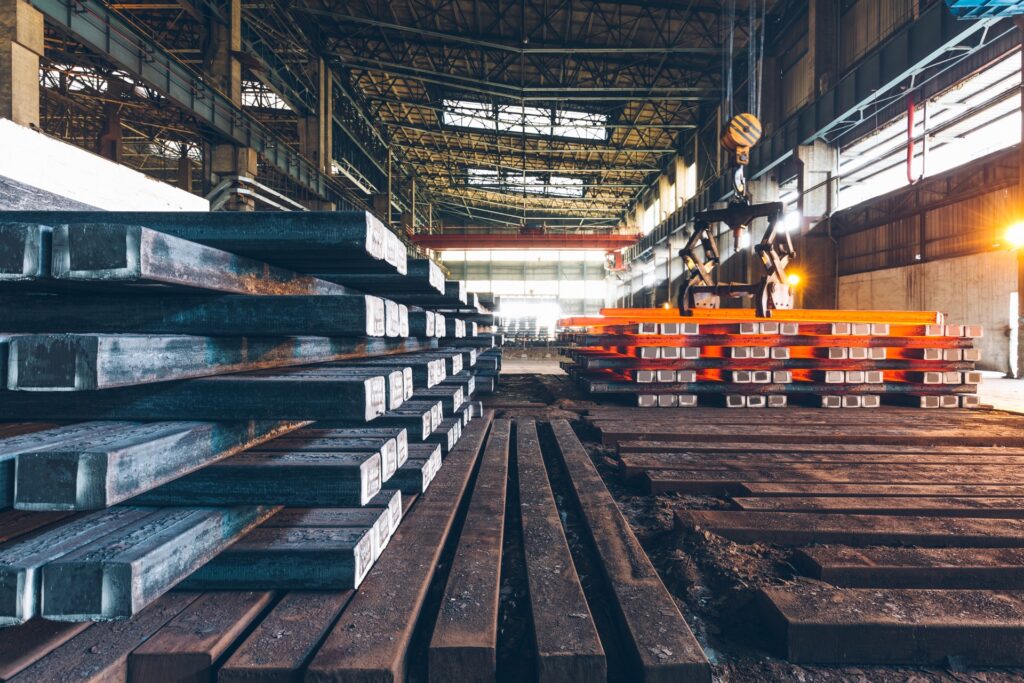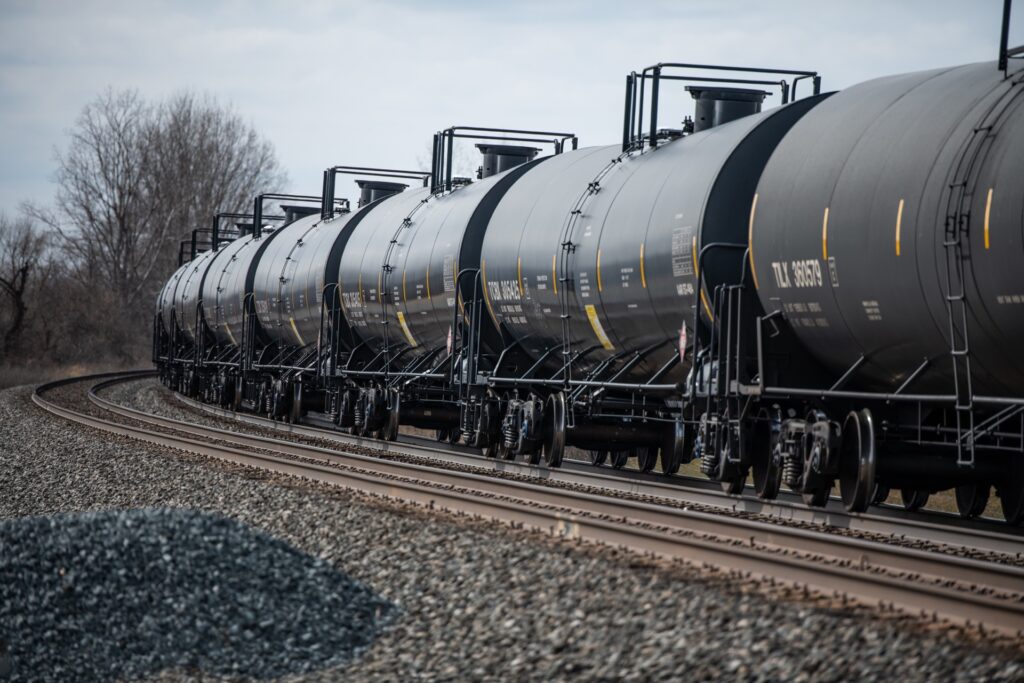There are few alloys in the world more widely used than steel. Applications of steel are far-reaching, but most frequently it’s the go-to material for construction. While the housing and property construction market is often top-of-mind for uses, steel is used to build things from as small as screws to as large as locomotives and planes.
One of the Newest Applications of Steel: Renewable Energy
Renewable energy continues to be one of the fastest-growing industries and construction of these power sources often includes steel.
Steel components have crucial roles in keeping structures like nuclear power plants, wind turbines, and hydroelectric power plants just to name a few. Steel as a material also lends itself to the industry by being endlessly recyclable with no degradation meaning recycled steel can even be used in these components, further reducing the need for additional steel manufacturing and reducing the environmental impact.
Steel in Property and Infrastructure Construction
Speaking of structure construction, the material continues to be used for buildings of all kinds. Steel’s natural properties of high ductility, durability, high strength to weight ratio, and affordable production make it perfect for structural applications.
High-rise buildings are a common pick for using steel. In the case of intense storms or earthquakes, steel will bend, but not break meaning the integrity of the building continues to stay intact.
Residential buildings big and small also use steel, although usually of a different grade than skyscrapers. Because steel is such a good material to help buildings stand the test of time – and for the same reasons for its use in high rises – few buildings are constructed without it.
Steel Applications Within Automation
With the increasing usage of autonomous robotic systems in everything from the production of consumer goods to agriculture and food processing, steel makes complete sense to use.
Oftentimes, these robotic systems need durable components to perform the same actions over and over again without wearing out; steel’s durable and flexible nature means parts can easily be manufactured and depended upon to get the job done.
Because of steel’s strength, it can also support heavy loads and intense operations for use in fields like mining and the military and defence industries.
Steel Uses in Transportation
One of the main industries that continues to use steel extensively is the rail transportation sector. Starting way back in the early 1900s, steel steam locomotives helped transport goods and people from place to place. Nowadays steel is still used in modern locomotive designs and almost exclusively for train tracks.
While rail transport systems are some of the most common uses, they’re by no means the only ones. The automotive industry often uses steel in car, bus, and truck chassis and trailers.
Maritime Steel Applications
Few materials can endure the harsh climate of continual exposure to freshwater and saltwater but steel is one of them. Steel benefits from being highly flexible meaning it can easily be moulded into optimal shapes without a loss of durability and therefore help it better deal with the constant pounding from waves.
While it has to be treated and painted for maximum corrosion resistance, the material does last for many years and can support structures like oil platforms and is frequently used in boat construction as well.
Due to the fact that steel is also highly affordable, it’s often a more cost-effective way to build things for maritime applications.
Overall, steel benefits from being one of the most multi-purpose alloys on the planet and only continues to help us live better and improve our quality of life in new ways through its applications.


